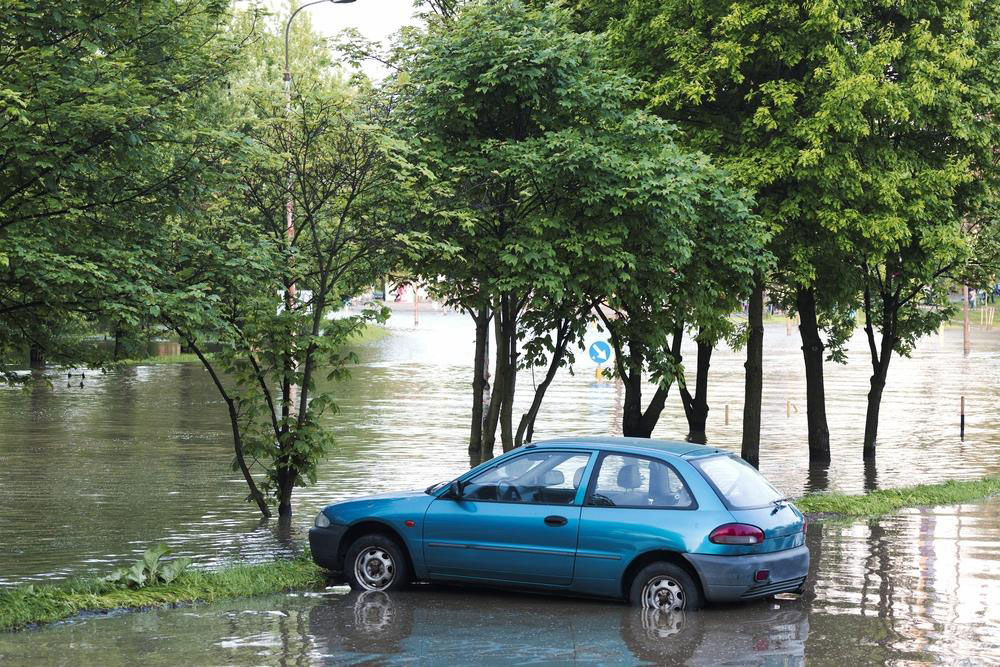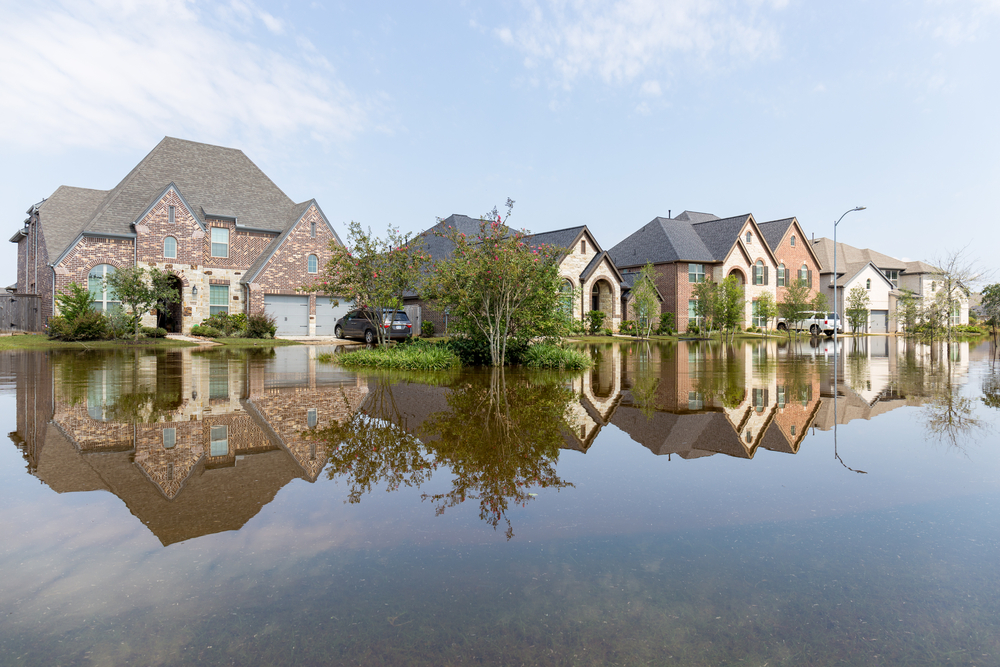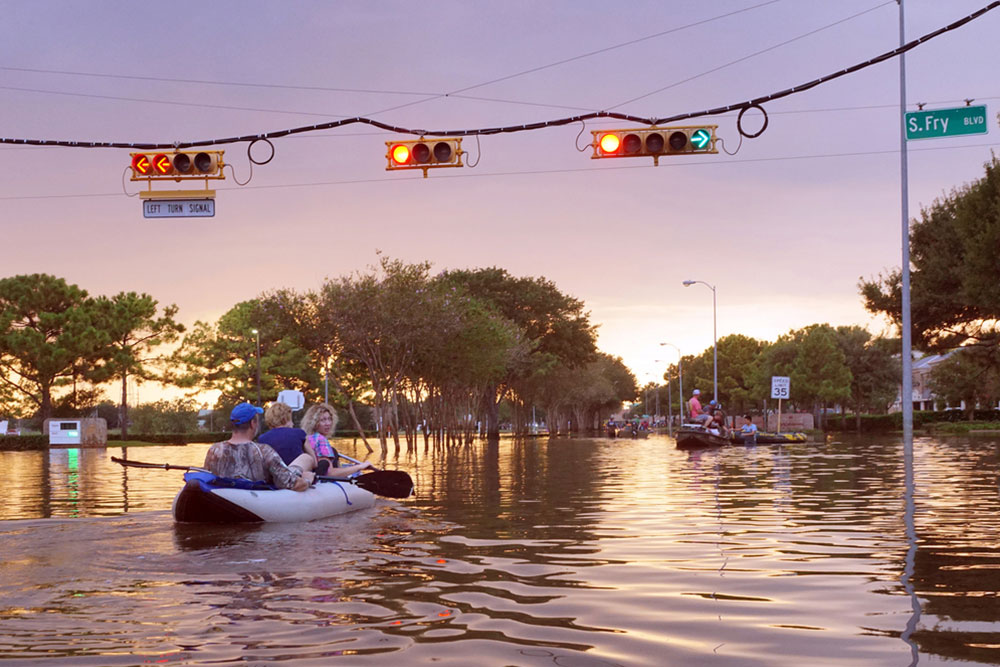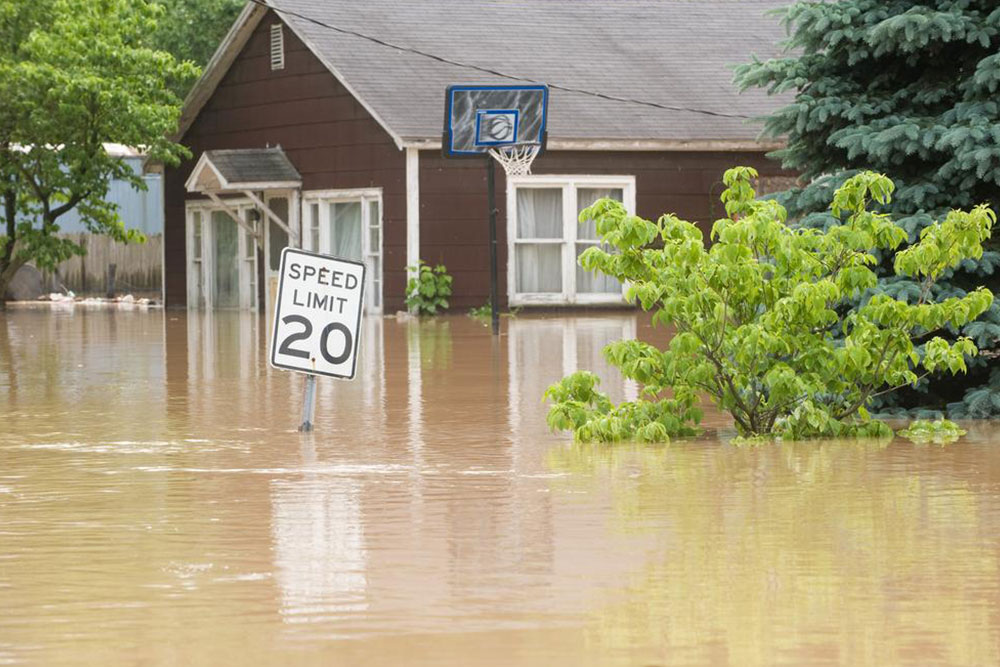Overview of the National Flood Insurance Program
The National Flood Insurance Program, established in 1968, provides essential flood coverage for property owners in high-risk areas. It promotes floodplain management and community involvement, ensuring financial protection against flood damages. The program offers policies for both property and structures, filling coverage gaps left by standard homeowners insurance. Regular renewal and community participation are key to its effectiveness, helping reduce flood-related losses nationwide.
Sponsored

Established by Congress in 1968, the National Flood Insurance Program was created to address the growing threat of flooding caused by hurricanes, tornadoes, and heavy rainfall. It enables property owners to purchase insurance to protect their properties against flood damage, providing financial security during flood events. The program aims to minimize flood-related losses to both private and public assets.
Primary features of the program
The initiative promotes floodplain management and encourages property owners to follow regulations that prevent flood damage. Insurance coverage extends to buildings, homes, and properties under construction. The program’s authority is renewed periodically by Congress to ensure its continuation. FEMA operates within the guidelines set by the National Flood Insurance Act of 1968, which requires communities to implement strict floodplain management practices to qualify for coverage. Community involvement is encouraged and sometimes mandated, especially in high-risk areas.
This community participation, while voluntary in many regions, is mandatory in some states. The program offers two main policies: one covering personal property up to $100,000, and another protecting the actual structure of homes up to $250,000. Property owners in flood-prone areas, known as Special Hazard Flood Areas, are often required to purchase flood insurance. Unlike standard homeowner policies, flood insurance specifically covers flood-related damages, making it essential for communities vulnerable to flooding.





